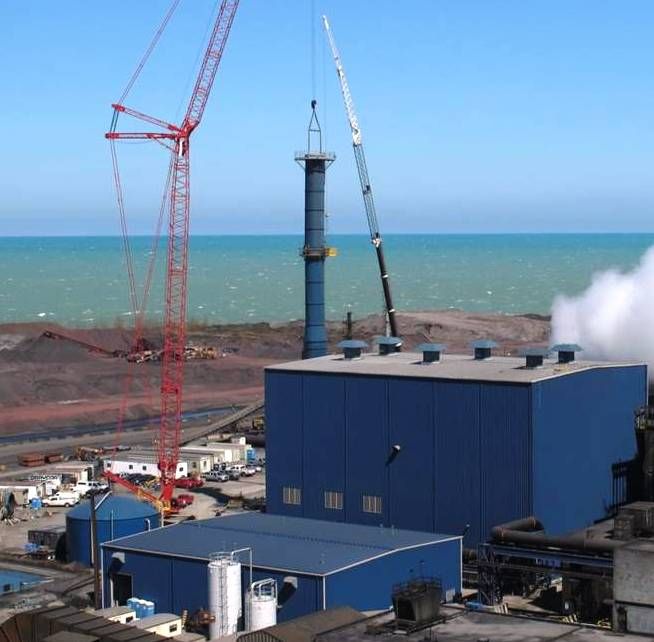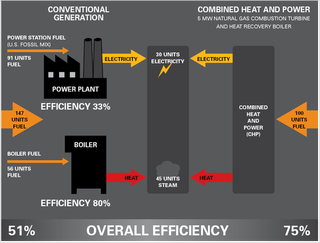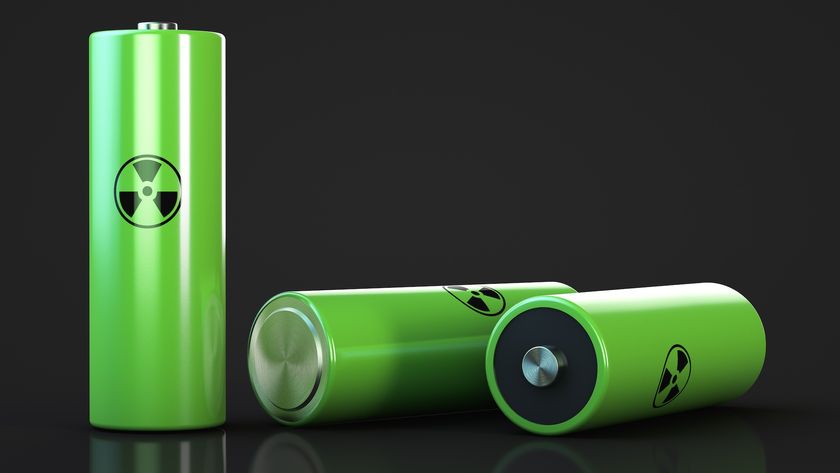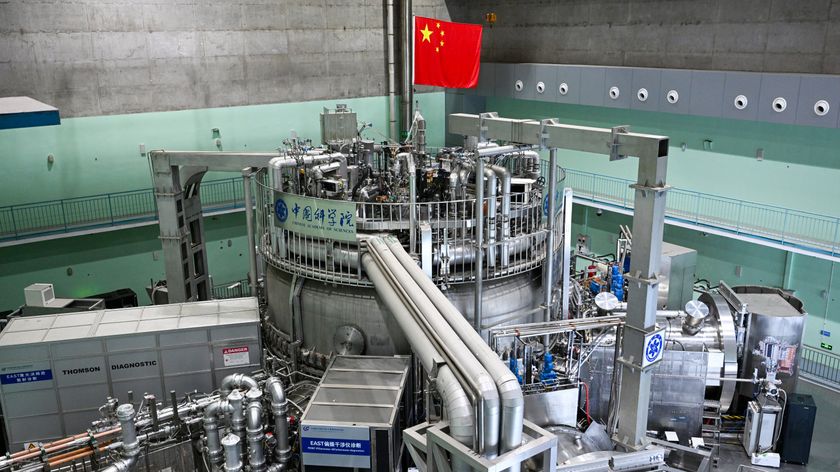
Combined Heat-Energy Power System Can Cut Emissions (Op-Ed)

Vignesh Gowrishankar, Natural Resources Defense Council (NRDC) staff scientist for sustainable energy, contributed this article to LiveScience's Expert Voices: Op-Ed & Insights.
When President Obama announced his Climate Action Plan at Georgetown University earlier this week, he called for an end to the era of unlimited carbon pollution from U.S. power plants, directing the Environmental Protection Agency to come up with a flexible, state-based plan to cut these plants' emissions. He also expanded current programs, to further tap energy efficiency in various ways.
Combined heat and power (CHP) systems could play an important role in that plan by raising energy efficiency and reducing energy waste. And through a flexible framework, CHP systems could cut emissions from power plants, which now represent 40 percent of the United States' total carbon pollution output.
CHP on-site energy technologies efficiently generate both electrical and thermal energy, thereby significantly boosting a site's overall energy efficiency. The systems can reduce reliance on power plants and cut total fuel usage.
CHP systems can be configured in various sizes and types, with applications in a wide spectrum of industries, such as advanced manufacturing, food processing, health care, chemical manufacturing and metal production. These systems can also be used at non-industrial facilities, including data centers, hotels, multi-family housing, district energy sources, landfills and farms.
On average, conventional power stations such as coal plants discard close to two-thirds of a fuel's intrinsic energy — this comes out as wasted heat, typically resulting in energy efficiencies of around 40 percent. At an industrial site, for example, boilers that generate thermal energy are much more efficient, typically operating at 70 to 80 percent. Together, however, the aggregate efficiency from using both technologies is only around 50 percent.
In contrast, CHP technologies are able to put thermal energy that would otherwise be wasted to productive use by serving on-site heating needs, routinely achieving overall average efficiency levels of 75 percent — or higher. And because electricity is generated and used on-site, there are fewer transmission and distribution losses compared with electricity obtained from distant power plants.
Sign up for the Live Science daily newsletter now
Get the world’s most fascinating discoveries delivered straight to your inbox.

CHP is not new. But it is more reliable, technologically capable and cost-effective than ever before. The United States currently has 82 gigawatts (GW) of CHP, representing about 9 percent of total generation capacity. Nonetheless, much more potential remains. The nation could deploy an additional 50 GW with reasonable economic returns, ultimately reaching a viable 130 to 200 GW of energy, a sizable portion of which would be produced outside the industrial sector. [The Ocean: An Unlikely Clean-Energy Source (Op-Ed)]
On-site CHP systems can be combined with more traditional approaches — such as installing more efficient lighting, heating and cooling systems, pumps, motors and other equipment — and the streamlining of industrial processes themselves. Such approaches are incredibly important and should be implemented together with CHP adoption.
Improving U.S. manufacturers' energy efficiency usage will help companies cut their energy costs, retain and grow U.S. jobs, avoid industry flight to other countries and reduce global warming pollution.
My colleague Christina Angelides and I released NRDC's first report on CHP a few weeks ago. The report, a primer on CHP, demonstrates that CHP is a key energy-efficiency technology and can provide myriad and significant benefits. Moreover, CHP is incredibly versatile and can be deployed in a wide range of sectors, as we highlighted via 30 case studies. And there is much room for greater CHP deployment.
For the end-user facility, efficiency reduces energy costs. A CHP system could also offer new revenue streams, such as the sale of electricity, steam or both. Together, these advantages can boost a company's competitiveness, worker retention and growth — even brand image. For example, CHP systems can help companies win ENERGY STAR awards from the EPA, which can boost corporate recognition and product differentiation.
Energy reliability is another notable advantage, since CHP systems can operate through grid disruptions, as occurred at Co-op City in the Bronx and Sikorsky Corporation in Stratford, Conn., during Hurricane Sandy, and at the Baptist Medical Center in Jackson, Miss., during Hurricane Katrina. These benefits make a promising business case for CHP; the upfront investment is usually paid back in just three to seven years. [8 Ways Global Warming Is Already Changing the World]
For communities, CHP systems provide health and climate benefits by reducing total emissions; integrating cleaner energy sources, such as sustainably-produced biogas, biofuels and waste-energy; creating jobs for the community (both direct jobs in the installation and operation of the CHP systems and indirect jobs throughout the supply chain); and minimizing costly power-plant investments, potentially reducing energy bills for customers.
For utilities, CHP systems can provide greater planning and operational flexibility, added grid reliability and better options for meeting environmental standards, such as reducing emissions from new and existing power plants, as is required by the president's plan. An appropriately designed framework counts and credits emissions reductions. So, a region's overall energy-related emissions could be lowered by virtue of savings from using CHP systems. [Future Power Grids Inspired by the Human Brain]
CHP's benefits alone are insufficient to realize its maximum market potential. The country needs enhanced public awareness and education about CHP's versatility and potential, coupled with proactive and strong commitment from businesses, suitable facilitation by utilities, and conducive policies and regulations from all levels of government.
There have been steps in the right direction, including efforts to promote CHP by some states (e.g., Ohio), President Obama's recent executive order and Climate Action Plan, and the publication of a Department of Energy/EPA-led CHP Guide.
The NRDC is working with government, labor and manufacturers to make sure that all cost-effective energy efficiency opportunities are captured — keep an eye out for CHP.
The views expressed are those of the author and do not necessarily reflect the views of the publisher. This article was originally published on LiveScience.com.












